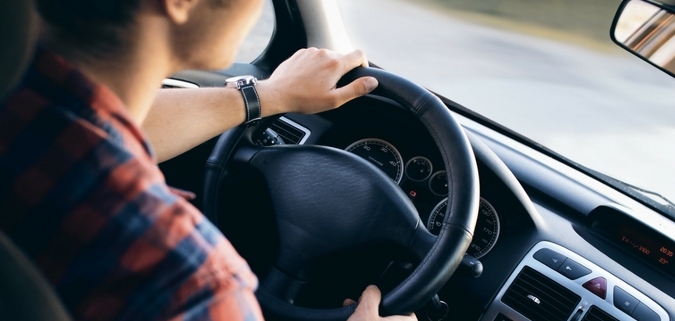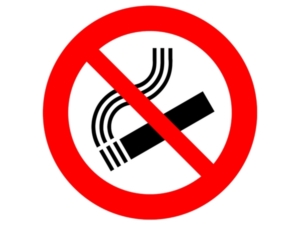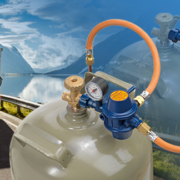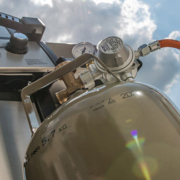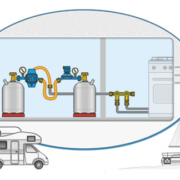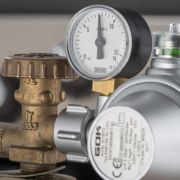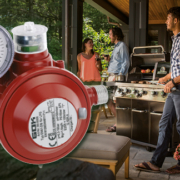What should I be aware of when transporting LPG cylinders in my own vehicle?
The medium LPG is experiencing growing popularity just now thanks to its many advantages. The greater the consumption, the more often users need to fill or replace the gas cylinder. As very few people do this on foot, the overwhelming majority of transportations are done with people’s own private cars. And here, private individuals need to follow a few rules to prevent subjecting themselves to unnecessary risks. We have a list of what you must look out for.
But first, some important information: This article is only about transporting LPG cylinders for private use. Commercial transport is covered by other regulations which are not the subject of this article.
Before loading
Generally speaking, transporting LPG cylinders in private vehicles is permitted, but only for a short time. It isn’t stipulated anywhere, but your journey with a gas cylinder on board should not last longer than one hour.
Check your gas cylinder very carefully, especially regarding leak-tightness and possible damage. Handle your empty cylinders just like your full ones. This is because even supposedly empty gas tanks always still contain a certain residual amount of gas. Do not transport cylinders which have leaks or which are damaged.
During a close visual inspection, you should also ensure that the gas cylinder valve has its protective cap. This protective cap must always be present during transport, regardless of whether you are bringing back an empty cylinder or picking up a full one.
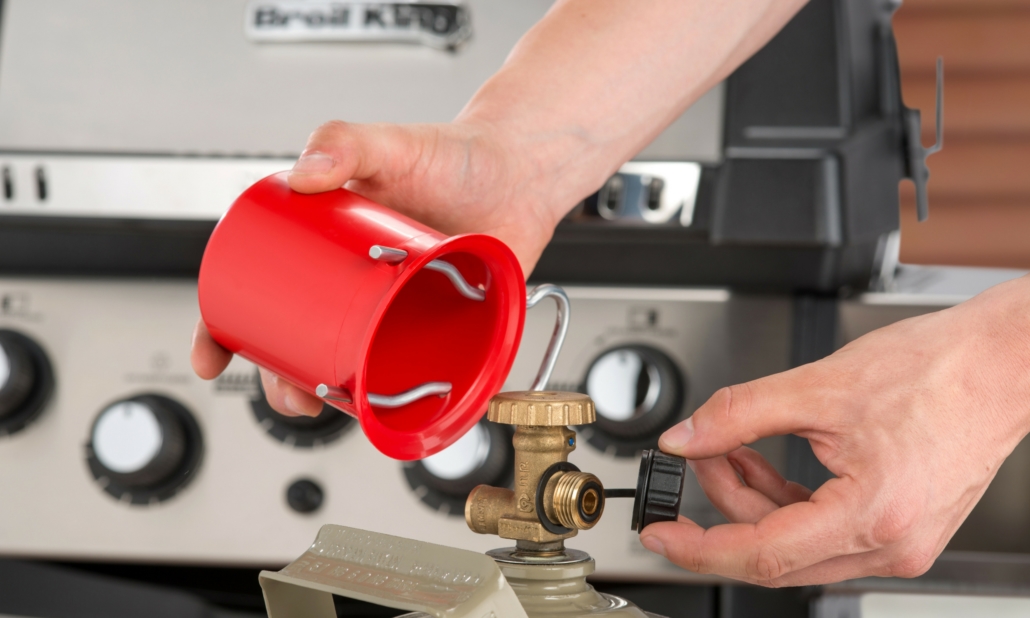
Before transport, always place the protective cap (red) on the gas cylinder valve. This prevents damage to the valve during an accident, or if the gas cylinder becomes loose during transport.
As a private person, you will probably not find yourself in this quandary, but for the sake of completeness, we’ll let you know anyway: In total, you are permitted to carry a maximum of 333 kilograms net mass. And it might sound funny, but this is serious: Never throw gas cylinders.
When loading
You must always stow and secure LPG cylinders so that they cannot roll around or slip if you have to perform an emergency stop or take sudden evasive manoeuvres. This is why you should use the accessories mentioned under “Before loading”. If you don’t have anything like this, you can look at this tip from Gasprofi24:
Sie sehen gerade einen Platzhalterinhalt von Standard. Um auf den eigentlichen Inhalt zuzugreifen, klicken Sie auf den Button unten. Bitte beachten Sie, dass dabei Daten an Drittanbieter weitergegeben werden.
Unlike operating your gas cylinder, when transporting them, you are permitted to have them lying down (transverse to the direction of travel) as well as standing upright (stability!) . If you disregard the need to secure the load, you may end up with a hefty fine and points on your licence.
When driving
While driving, make sure to either have the air-conditioning on high or the windows opened. In any case, you must ensure sufficient ventilation. This will ensure that nothing will happen if the gas cylinder suddenly develops a leak. If you drive a convertible, you can combine the necessary with the delightful.
Be sure to protect the gas cylinder from heating up to above 50 degrees Celsius. So, if you need to take a rest stop with your cylinder, it’s best not to park in direct sunlight.
After the journey / General
Unload the transported LPG cylinders as quickly as you can and do not leave them in the car for hours – especially not in direct sunlight. In unfortunate cases, LPG can accumulate inside the car and then just one little spark is enough to cause an explosion.
And not just because of this: Smoking is strictly prohibited when loading and unloading, as well as during transport. This also applies to e-cigarettes. Also forbidden during transport: Using fire and naked lights.
If you’ve taken heed of all this, you are not putting yourself, your passengers and other road users in any danger when transporting LPG cylinders. You can find all the information on an instruction sheet by the German LPG Association (DVFG).
